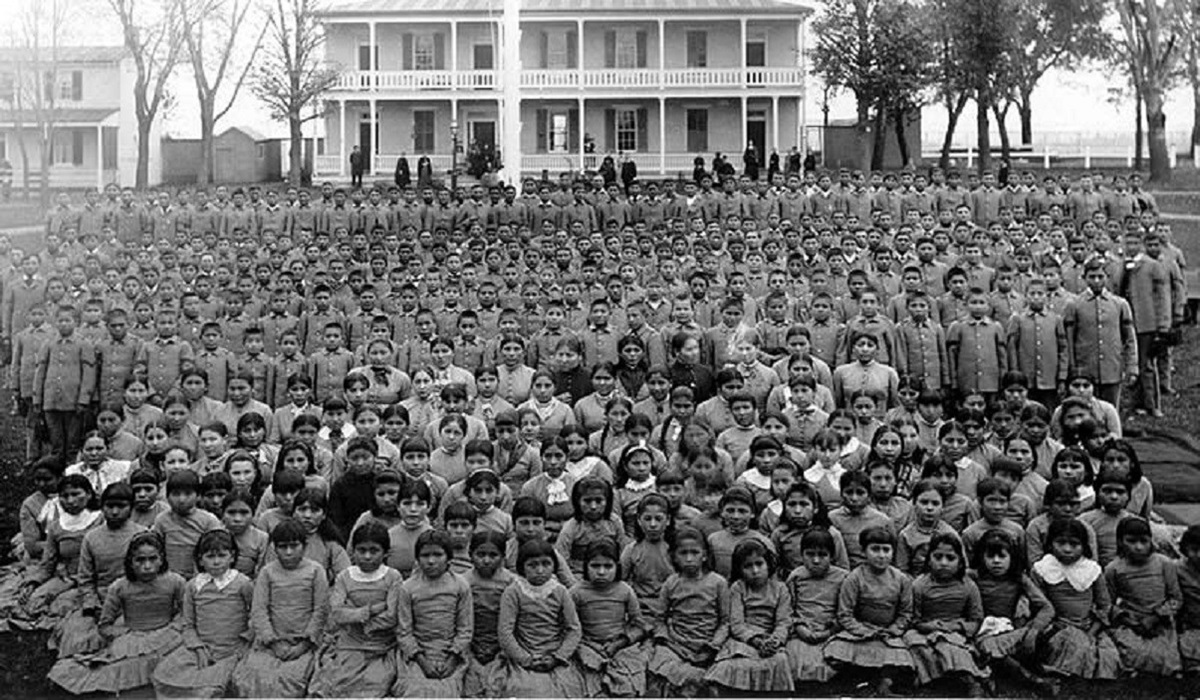$1.19M Funding To Mi’kmawey Debert Cultural Centre in Mi’kma’ki
- TDS News
- Atlantic Canada
- Indigenous
- February 8, 2021

Mi’kmawey Debert Cultural Centre preservers of Indigenous history
Today, Member of Parliament Lenore Zann for (Cumberland–Colchester) announced $1,193,801 in funding for the Mi’kmawey Debert Cultural Centre in Nova Scotia. The announcement was made on behalf of the Honourable Steven Guilbeault, Minister of Canadian Heritage.
The funding will support the architectural design of the Mi’kmawey Debert Cultural Centre, integrating exhibition and site design with a robust community engagement process. The future cultural centre will be anchored to the Debert Palaeo-Indian Site, a National Historic Site of Canada. Mandated by all 13 Mi’kmaw First Nations in Nova Scotia, the 30,000-square-foot centre will include indoor and outdoor education spaces, five primary galleries, a keeping house and archives as well as gathering and healing spaces.
MDCC Elders' Advisory Council: Build the Vision from Mi'kmawey Debert Cultural Centre on Vimeo.
“The cultures and history of our Indigenous communities are an integral aspect of our country. I’m proud that we are supporting the Mi’kmawey Debert Cultural Centre so that the Mi’kmaw people can continue to promote and share the vibrancy of their community”.—The Honourable Steven Guilbeault, Minister of Canadian Heritage
At its core, the centre will be a meaningful and dynamic place for understanding, healing and reconciliation for Mi’kmaw people and visitors.
Created in 2002, the Mi’kmawey Debert Cultural Centre is a First Nations organization located in Truro, Nova Scotia, established to plan, develop and administer a Mi’kmaw cultural centre to be known as the Mi’kmawey Debert Cultural Centre. The mission of the organization and cultural centre project is to share, protect and explore the stories and lives of our earliest ancestors and those who came after them in Mi’kma’ki (the Mi’kmaw homeland).
The Mi’kmawey Debert Cultural Centre has completed numerous projects aimed at building the facility, including the development of an elders’ programmatic statement, a feasibility study, a plan for visitor experiences, a master site plan, a functional program as well as an updated business plan. Ongoing work includes environmental and archaeological assessment, an endowment campaign and curatorial research.








